Photos: Sunspots on Earth's Closest Star
Sunspot 1302 Full Sun Image
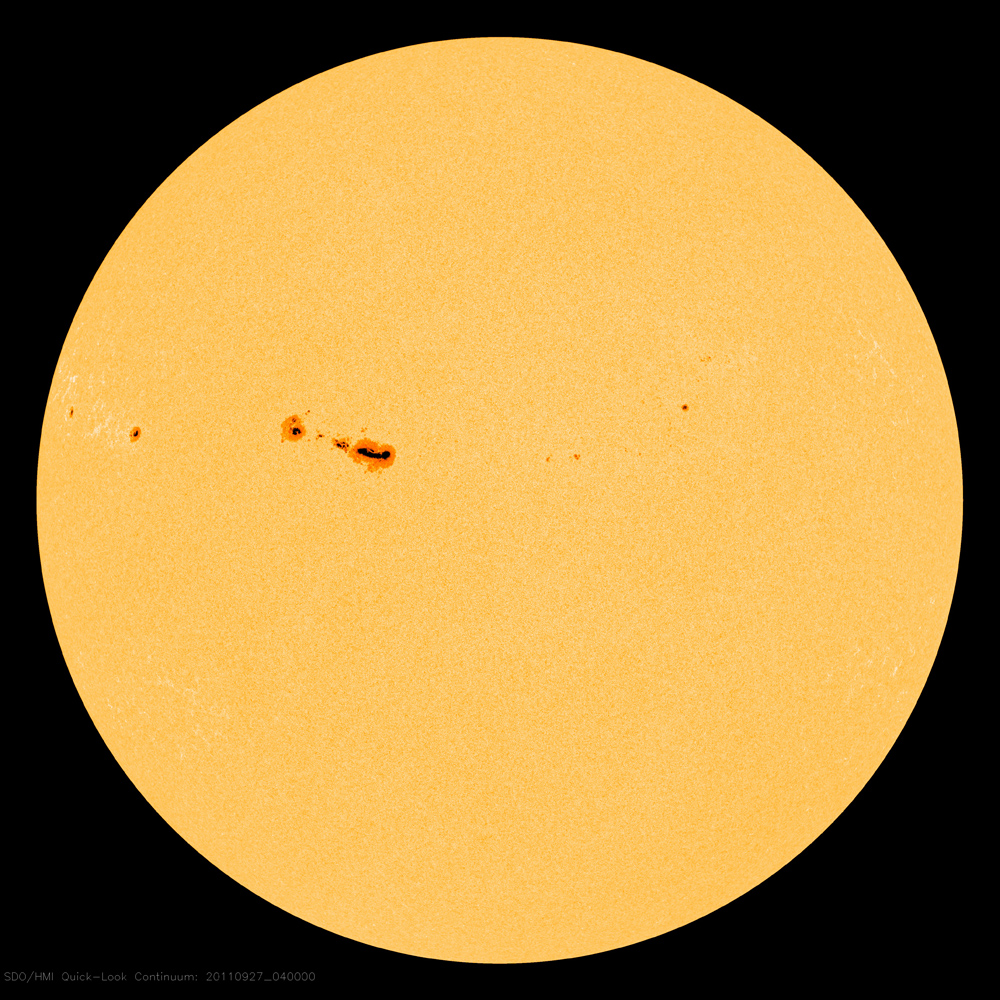
Sunspot 1302 poses a continued threat for X-class solar flares in late September 2011.
Dopper effect on sunspot

Map of velocities in the sunspot as measured using the Doppler effect. Blue implies that the gas is moving towards us - this corresponds to an upward motion on the solar surface. Red implies that the gas is moving away from us - this corresponds to a downward motion on the solar surface. The net-like pattern surrounding the sunspot is solar granulation. The field of view corresponds to 24000 km on the sun.
Sunspot Group Changes
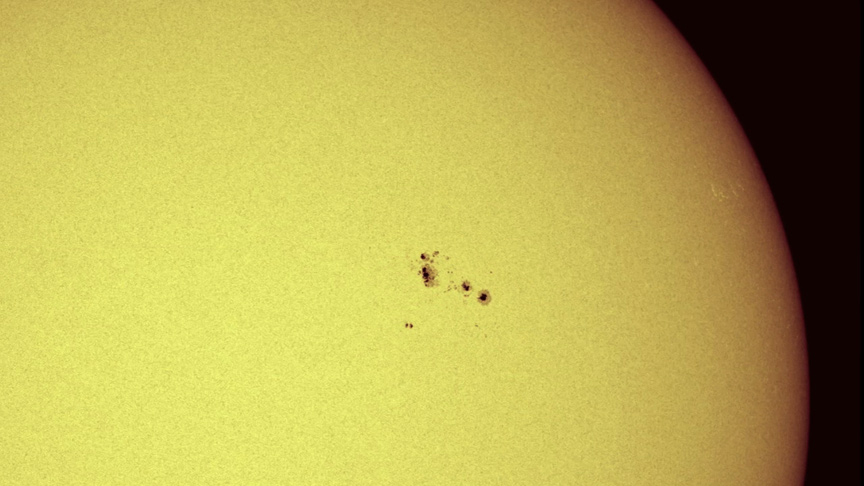
SDO watched as areas of a sunspot group changed substantially over 2.5 days (Aug. 21-23, 2011).
Sunspot size compared to Earth
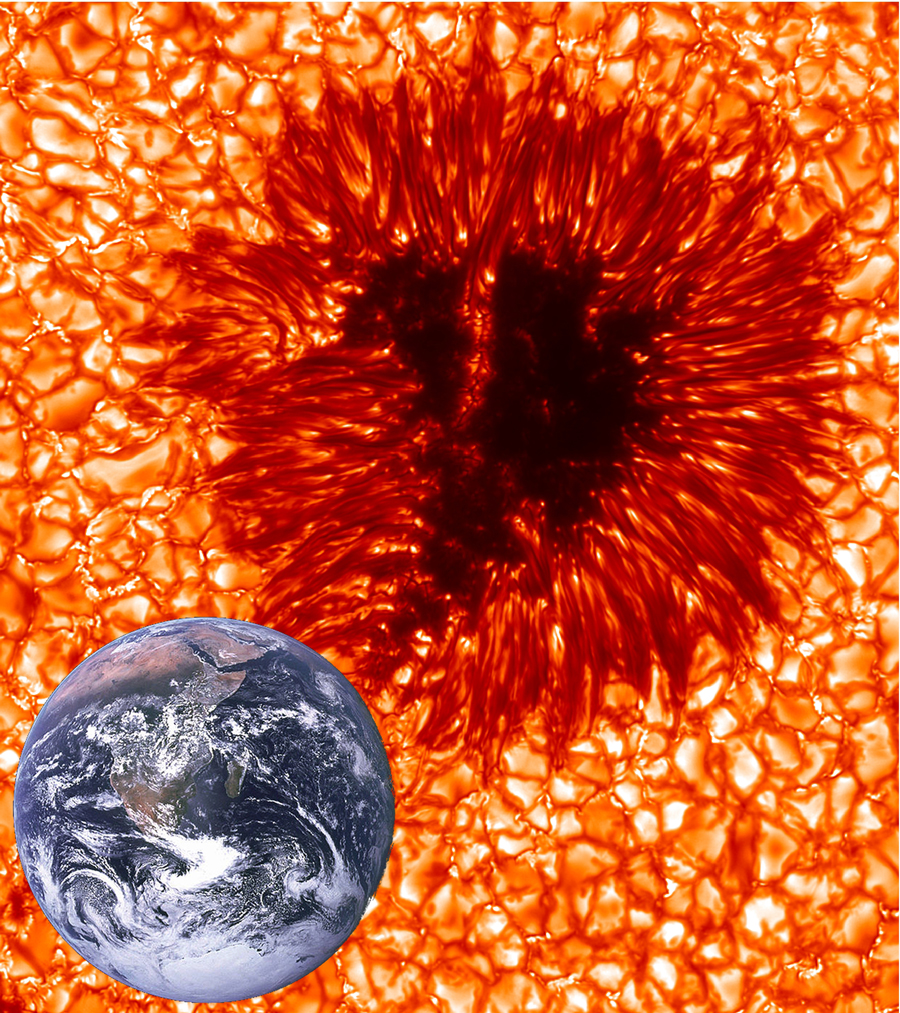
A photo of a sunspot taken in May 2010, with Earth shown to scale. The image has been colorized for aesthetic reasons. This image with 0.1 arcsecond resolution from the Swedish 1-m Solar Telescope represents the limit of what is currently possible in terms of spatial resolution.
Blazin'
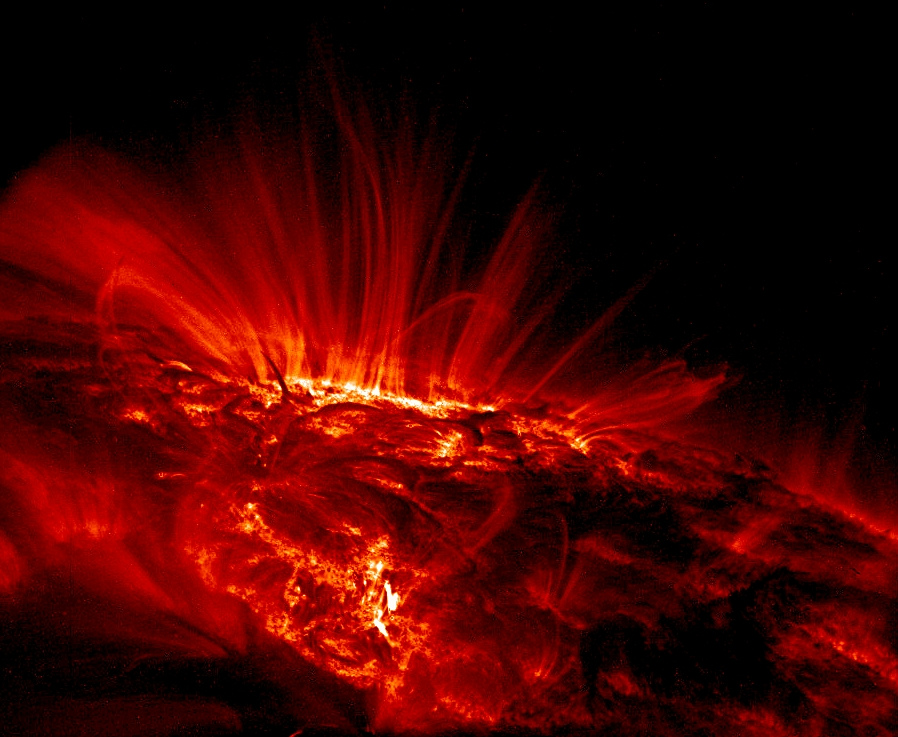
This ultraviolet image of the sun shows large sunspot group AR 9169 as the bright area near the horizon. The relatively cool dark regions have temperatures of thousands of degrees Celsius, in contrast to the bright glowing gas flowing around the sunspots, which have a temperature of over one million degrees Celsius. Large sunspot group AR 9169 moved across the sun during September 2000.
Merging Sunspots
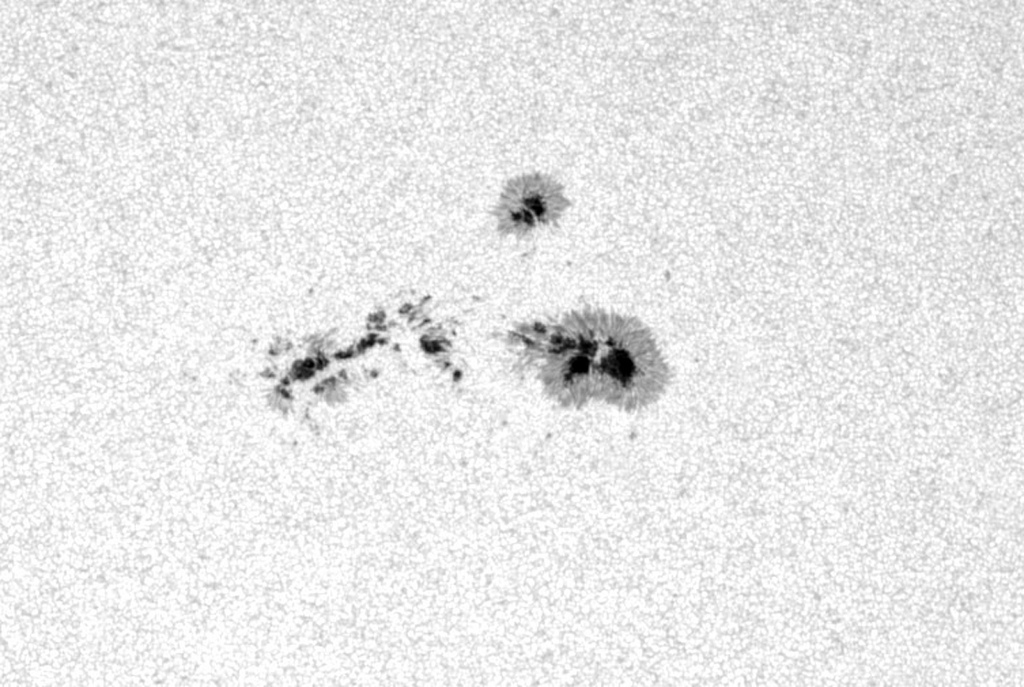
Portions of sunspot groups can shift over time. One core area of Sunspot 1117 emerged, and then slid over and merged with another core area over three days (Oct. 25-27, 2010) to form a much larger, active sunspot region. Each dark umbra (darkest area) is as wide as Earth.
Penumbra
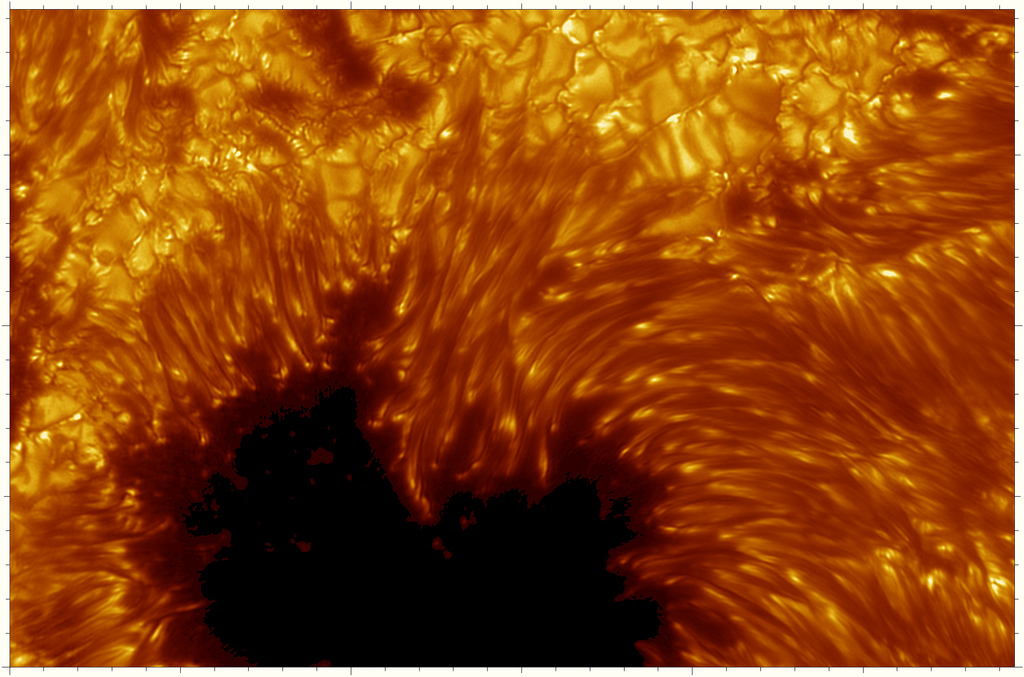
The Swedish 1-m Solar Telescope on La Palma recorded this part of the largest sunspot in Active Region 10030, on July 15, 2002. Phase-Diversity Technique post-processing has rendered this the highest-resolution solar image ever. Marks around the edge of the image show the scale: 1000 km between marks. The central part of the sunspot ("the umbra") looks dark because strong magnetic fields there stop upwelling hot gas from the solar interior.
Get the Space.com Newsletter
Breaking space news, the latest updates on rocket launches, skywatching events and more!
3D Sunspot
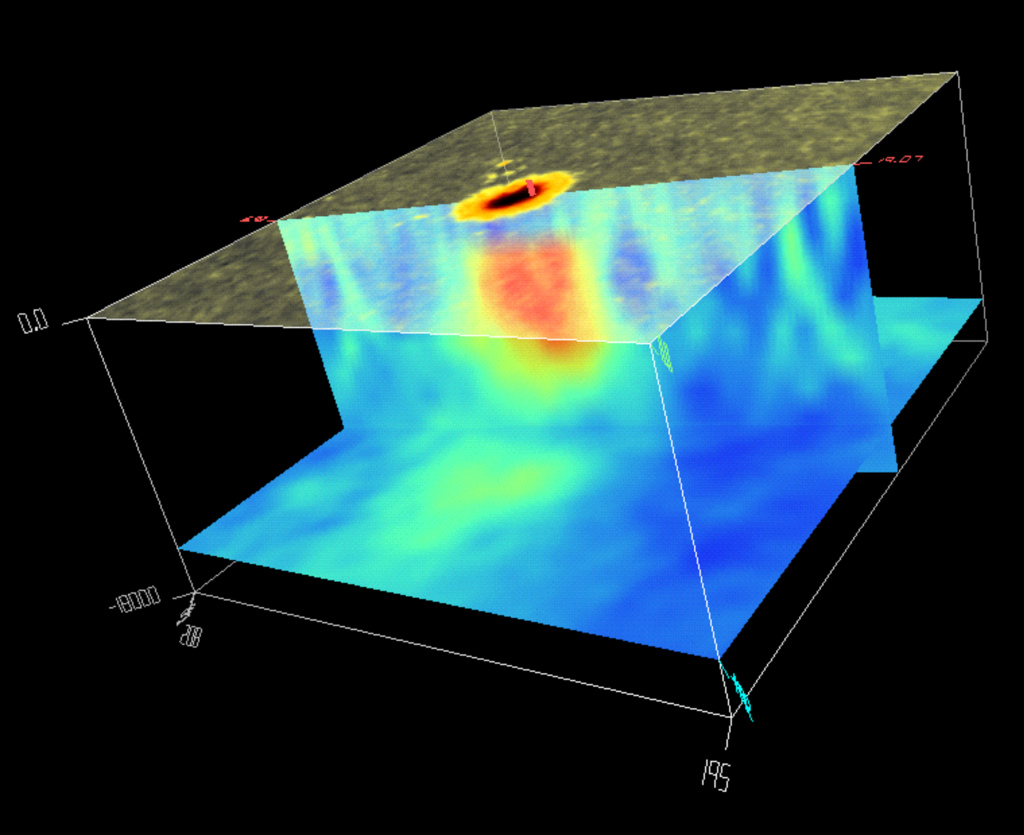
The subsurface structure (sound speed) below a sunspot as derived from Doppler measurements by MDI. Using the technique of time-distance helioseismology, three planes are shown. The surface intensity shows the sunspot with the dark central umbra surrounded by the somewhat brighter, filamentary penumbra. The second plane cuts from the surface to 24000 km deep showing areas of faster sound speed as reddish colors and slower sound speed as bluish colors. The third plane (bottom) is a horizontal cut at a depth of 22000 km showing the horizontal variation of sound speed.
Sunspot Group
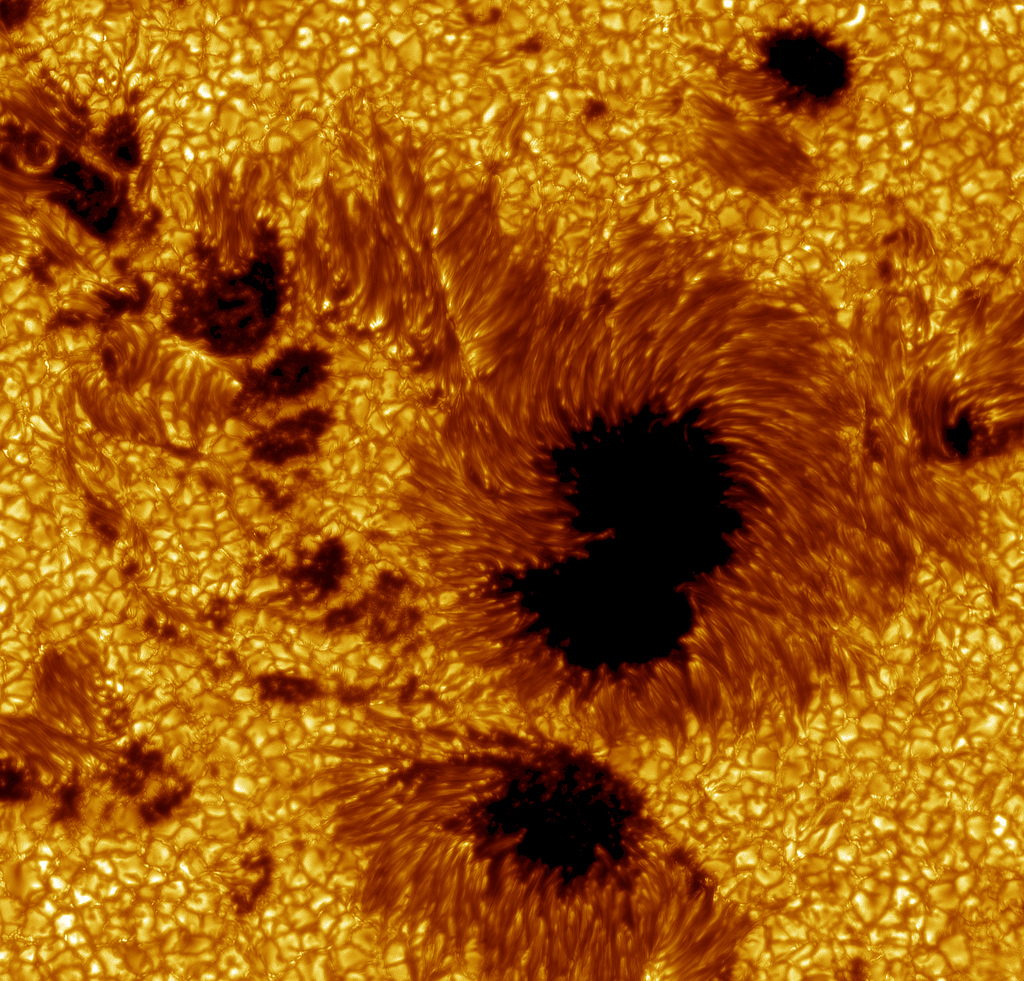
This large field-of-view image of sunspots in Active Region 10030 was observed on July 15, 2002. Researchers colored the image yellow for aesthetic reasons.
SOHO Sunspots March 7, 2011
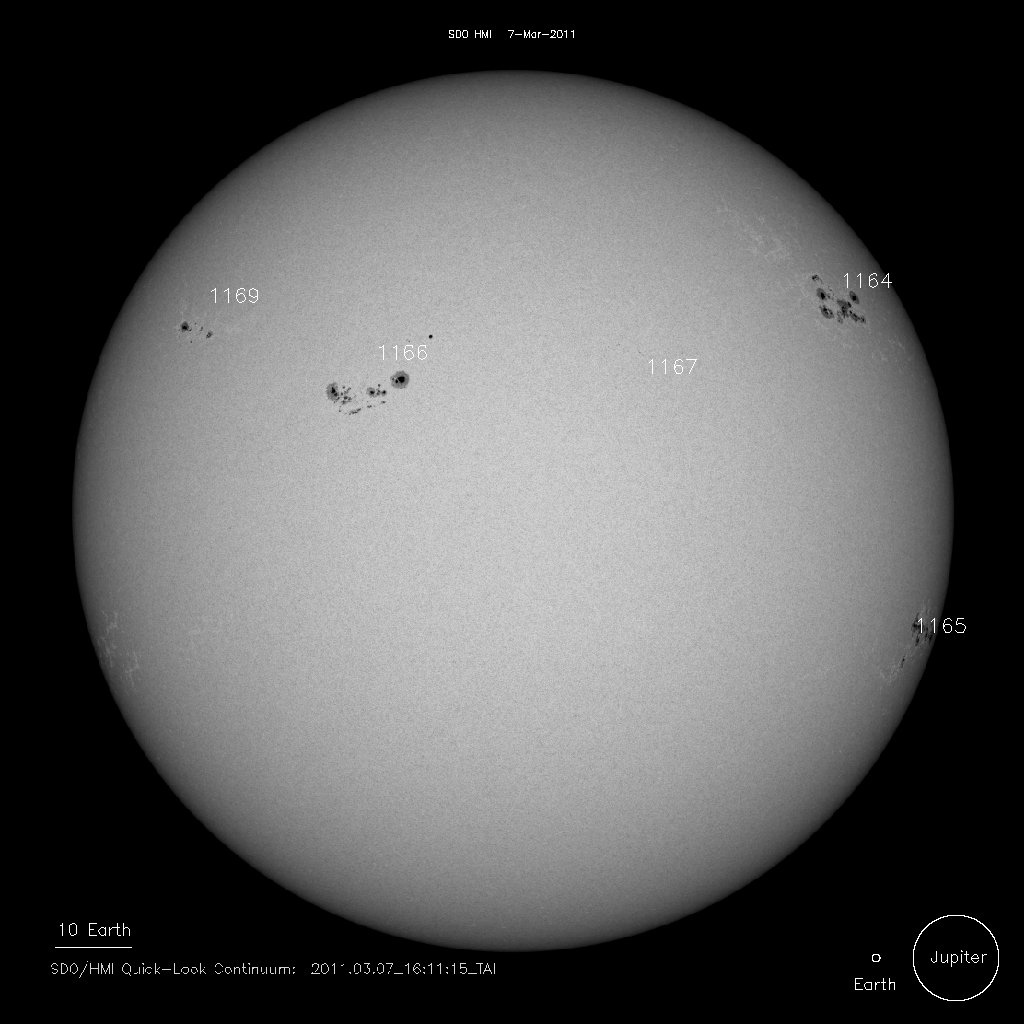
SOHO spacecraft viewed these sunspots on March 7, 2011.
Join our Space Forums to keep talking space on the latest missions, night sky and more! And if you have a news tip, correction or comment, let us know at: community@space.com.

Space.com is the premier source of space exploration, innovation and astronomy news, chronicling (and celebrating) humanity's ongoing expansion across the final frontier. Originally founded in 1999, Space.com is, and always has been, the passion of writers and editors who are space fans and also trained journalists. Our current news team consists of Editor-in-Chief Tariq Malik; Editor Hanneke Weitering, Senior Space Writer Mike Wall; Senior Writer Meghan Bartels; Senior Writer Chelsea Gohd, Senior Writer Tereza Pultarova and Staff Writer Alexander Cox, focusing on e-commerce. Senior Producer Steve Spaleta oversees our space videos, with Diana Whitcroft as our Social Media Editor.









